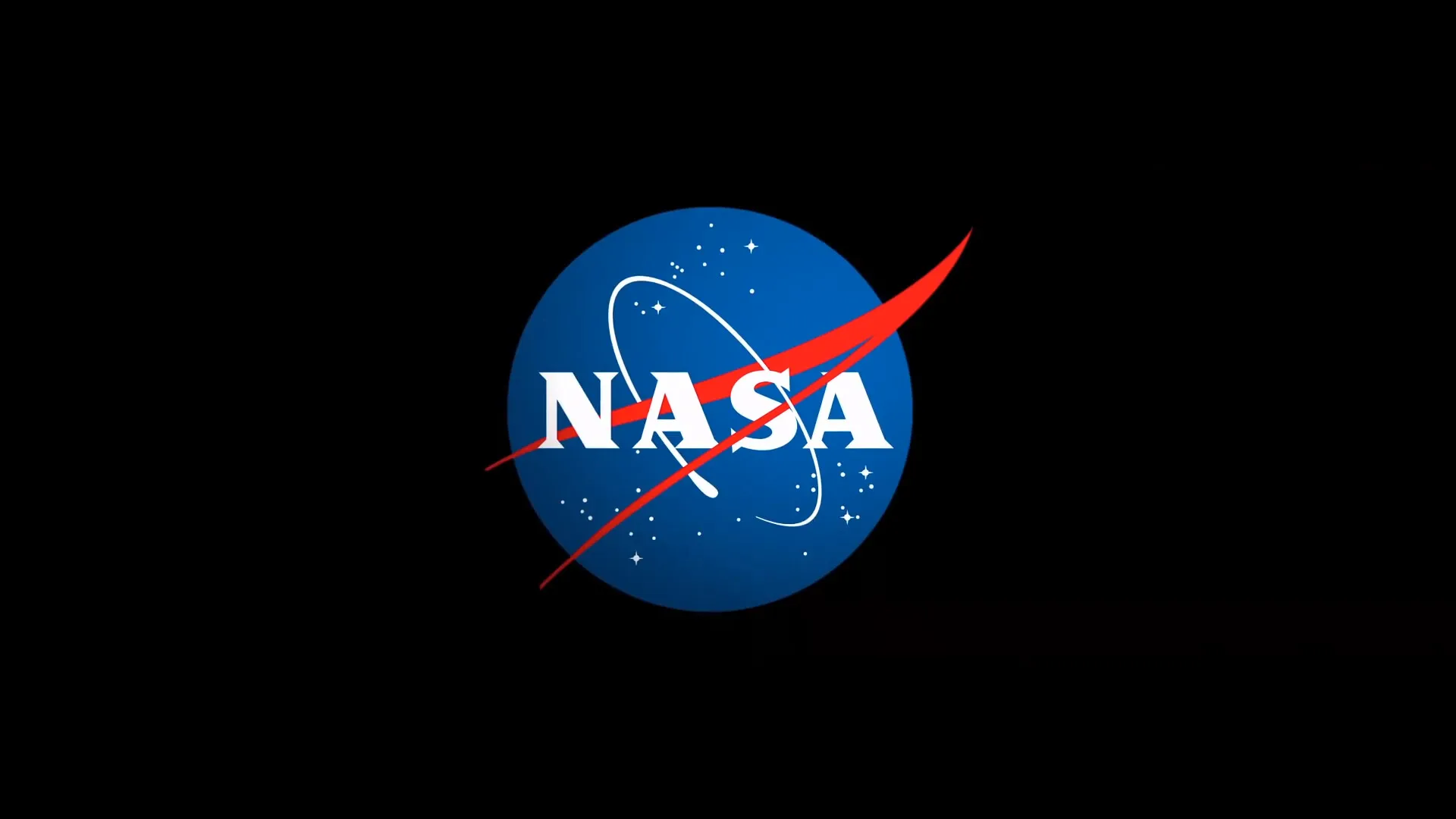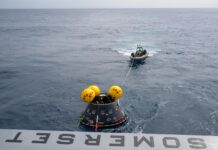In an exciting development for the aerospace industry, NASA has expanded its partnership with SpaceX by modifying the existing NASA Launch Services (NLS) II contract. This modification will integrate SpaceX’s Starship into the array of launch services they currently offer, which already includes the Falcon 9 and Falcon Heavy rockets. This strategic move not only enhances the capabilities available to NASA but also marks a significant milestone in the evolution of commercial spaceflight.
The NLS II contracts are a crucial element of NASA’s strategy to procure a wide range of launch services from commercial providers. These services are vital for the deployment of NASA’s planetary missions, Earth observation initiatives, exploration endeavors, and scientific satellite launches. The missions covered under these contracts are considered high-priority, and they are characterized by a low to medium risk tolerance. To maximize the likelihood of successful launches, NASA provides comprehensive technical guidance and mission assurance.
### Understanding NASA Launch Services II Contracts
The NLS II contracts are a type of agreement known as indefinite-delivery/indefinite-quantity (IDIQ) contracts. This essentially means that while the scope and quantity of services are not fixed, NASA can order services as needed over the contract period. The ordering period for these contracts extends through June 2030, with the overall performance period lasting until December 2032. This flexibility is crucial for NASA as it allows the agency to adapt to evolving mission needs and technological advancements over time.
An interesting feature of the NLS II contracts is their on-ramp provision. This provision creates an annual opportunity for new launch service providers to join the NLS II contract pool. It also allows existing contractors, like SpaceX, to introduce new launch services that were not previously part of their contract offerings. This capability ensures that NASA has access to the latest advancements in launch technology and maintains a competitive environment among service providers.
### The Role of SpaceX’s Starship in NASA’s Future Missions
SpaceX’s Starship represents a new era in spacecraft technology. Designed to be fully reusable, Starship aims to significantly reduce the cost of access to space while increasing the payload capacity compared to current launch vehicles. This makes it an attractive option for a variety of missions, including those that require the transport of large payloads or crew to destinations such as the Moon and Mars.
By adding Starship to its roster of launch vehicles, NASA can leverage these advanced capabilities for its ambitious space exploration goals. This includes supporting the objectives of various NASA directorates, such as the Science Mission Directorate, which focuses on scientific exploration of the Earth and outer space. Other directorates, like the Space Operations Mission Directorate and the Exploration Systems Development Mission Directorate, will also benefit from the expanded launch options that Starship provides.
### Broader Implications for the Space Industry
This expansion of services under the NLS II contracts is not only a win for NASA and SpaceX but also signifies a broader trend in the space industry towards increased collaboration between government entities and private companies. The integration of commercial capabilities into national space programs can lead to cost savings, innovation, and accelerated timelines for achieving scientific and exploratory milestones.
Moreover, the success of SpaceX’s Starship in NASA missions could pave the way for further commercial opportunities beyond governmental contracts. The potential applications of a reliable, high-capacity, and cost-effective launch vehicle are vast, spanning sectors such as telecommunications, international space cooperation, and even space tourism.
### Technical Aspects and Benefits of Starship
Starship’s design incorporates several cutting-edge technologies. It features a stainless steel structure, which offers resilience against the harsh conditions of space and re-entry into Earth’s atmosphere. The spacecraft is powered by SpaceX’s Raptor engines, which are fueled by liquid methane and oxygen. This choice of propellant is strategic, as it can potentially be manufactured on Mars, facilitating future missions to the Red Planet.
One of the most groundbreaking aspects of Starship is its reusability. Traditional rockets are typically expendable, meaning they are used once and then discarded. In contrast, Starship is designed to be fully reusable, capable of multiple flights with minimal refurbishment between missions. This reusability is key to reducing the per-launch cost and increasing the frequency of missions.
### Community and Industry Reactions
The announcement of Starship’s inclusion in NASA’s launch service offerings has been met with enthusiasm from the aerospace community. Many industry experts view this as a validation of SpaceX’s innovative approach to spacecraft development. The potential for increased mission cadence and reduced costs is seen as a significant advantage for NASA’s future endeavors.
Additionally, stakeholders in the space industry recognize the potential for Starship to drive further advancements in space exploration technology. The success of this partnership could inspire other companies to invest in developing next-generation launch vehicles, fostering a more dynamic and competitive market.
### Looking Ahead
As NASA and SpaceX move forward with this expanded collaboration, the implications for space exploration are profound. The integration of Starship into NASA’s suite of launch services represents a step towards more ambitious missions and a future where space travel is more accessible and sustainable.
For those interested in following the progress of this partnership and its impact on NASA’s missions, updates can be found on NASA’s official website and SpaceX’s communication channels. This development is sure to be a pivotal chapter in the ongoing story of human space exploration, one that promises to unlock new frontiers and possibilities for scientific discovery and human achievement.
In conclusion, the inclusion of SpaceX’s Starship in NASA’s NLS II contract exemplifies the dynamic and transformative nature of the modern space industry. As both entities work together to push the boundaries of what’s possible, the world watches in anticipation of the remarkable achievements that are sure to follow.
For more Information, Refer to this article.


































